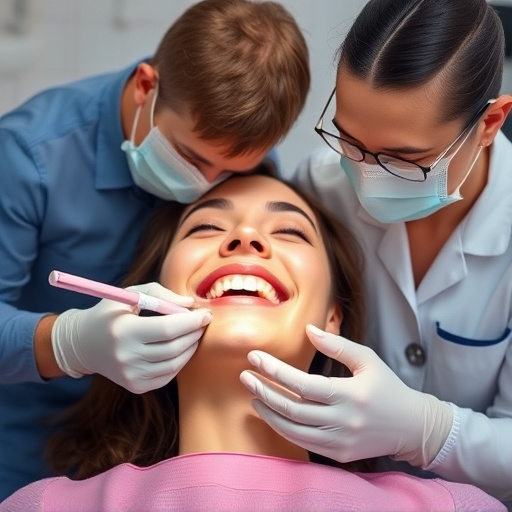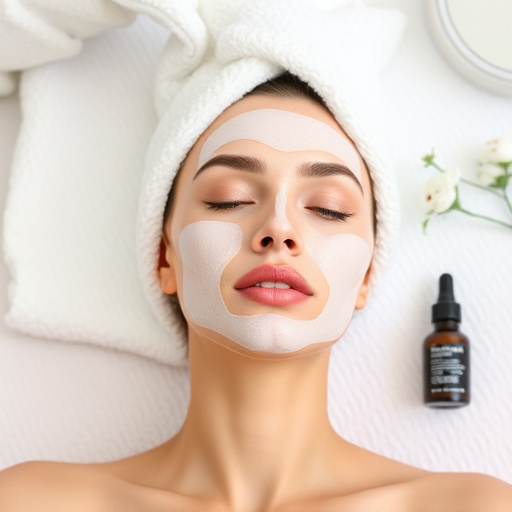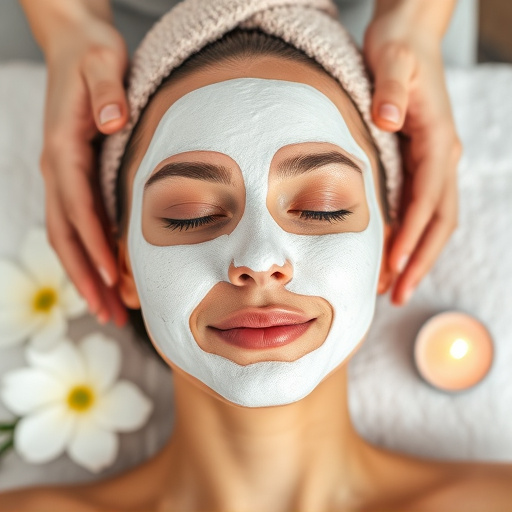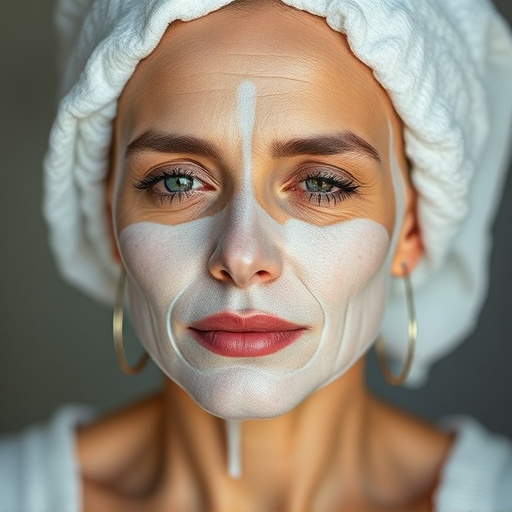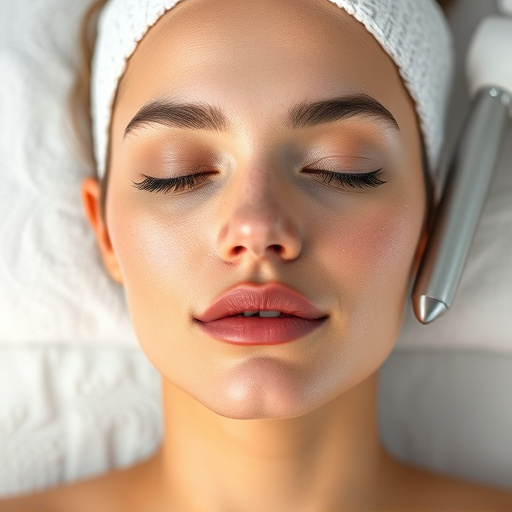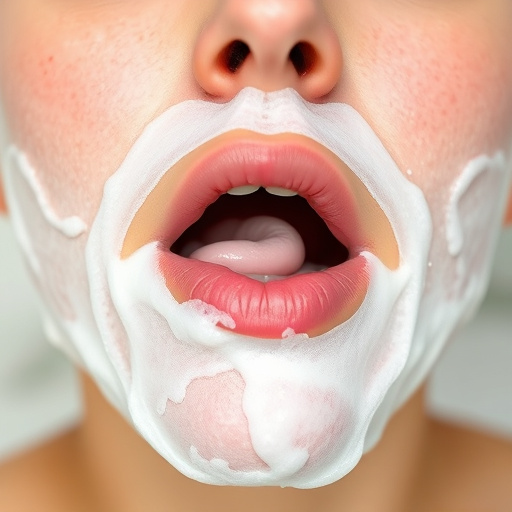Chest acne, driven by sebum production, dead skin cells, and bacteria, requires a tailored therapy routine. This includes gentle cleansing, exfoliation, hydration, and targeted treatments like benzoyl peroxide or azelaic acid. Post-care involves cleaning, moisturizing, protecting from sun, and maintaining a consistent skincare routine to prevent future breakouts and scars.
“Uncover the secrets to managing chest acne with our comprehensive guide. Chest acne, though often overlooked, can significantly impact one’s confidence. Understanding its causes and triggers is the first step towards effective treatment. This article delves into a detailed chest acne therapy routine, offering a step-by-step approach for clearer skin. From pre-treatment preparation to post-care tips, we ensure you’re equipped with knowledge. Discover the best practices for achieving a clear, healthy chest through tailored chest acne therapy.”
- Understanding Chest Acne: Causes and Triggers
- Step-by-Step Guide to a Therapy Routine
- Post-Treatment Care: What to Expect and When
Understanding Chest Acne: Causes and Triggers

Chest acne is a common yet often misunderstood skin concern. Unlike facial acne, which has well-documented causes like hormonal fluctuations and genetic predisposition, chest acne has unique triggers specific to this area. Several factors contribute to its development, including increased sebum production, dead skin cell buildup, and bacterial activity.
Hormonal changes, particularly during puberty or menstruation, can stimulate the sebaceous glands in the chest region, leading to excess oil production. Certain fabrics, like tight-fitting clothing or those made from non-breathable materials, can trap heat and moisture, creating an ideal environment for acne-causing bacteria to thrive. Additionally, personal hygiene practices and even stress levels can indirectly influence chest acne by affecting skin health. Understanding these causes is the first step towards managing and effectively treating chest acne through appropriate chest acne therapy routines.
Step-by-Step Guide to a Therapy Routine

A chest acne therapy routine involves a systematic approach to clearing and maintaining healthy skin. Here’s a step-by-step guide to help you navigate this process effectively. Start by cleansing your chest area with a gentle, pH-balanced cleanser designed for treating acne. This initial step removes excess oil, dirt, and bacteria from the skin’s surface.
Following cleansing, apply an exfoliant to gently buff away dead skin cells and unclog pores. Look for ingredients like salicylic acid or glycolic acid in your exfoliator to enhance the efficacy of your chest acne therapy. Next, incorporate a hydrating facial into your routine to counteract potential dryness caused by acne treatments. Moisturizing is crucial as it supports skin barrier function and promotes faster healing. Finally, consider incorporating targeted acne treatments with active ingredients like benzoyl peroxide or azelaic acid for more severe cases. These treatments help reduce inflammation and prevent future breakouts. Combine these steps with regular monitoring and adjustments to your routine based on your skin’s response, ensuring optimal results in managing chest acne.
Post-Treatment Care: What to Expect and When

After your chest acne therapy session, it’s crucial to understand the post-care requirements for optimal results. The first few days following treatment might see some redness and mild inflammation as your skin adjusts, which is a normal response to the procedure. To alleviate discomfort, keep the treated area clean and moisturized; use gentle, non-irritating products recommended by your dermatologist. Avoid strenuous activities that could cause excessive sweating, as this may impact the healing process.
As your skin heals, be mindful of sun exposure, applying sunscreen daily to protect against UV rays. It’s also essential not to pick or scratch any scabs; instead, let them heal naturally. Remember, consistency is key when it comes to maintaining clear chest skin. Continue with your prescribed skincare routine, which may include facial treatments tailored to address residual acne marks or scars, as part of a broader anti-aging treatment plan.
Chest acne can be stubborn, but with the right approach, it’s treatable. By understanding the causes and triggers, following a consistent therapy routine, and properly caring for your skin post-treatment, you can expect significant improvements in your chest acne. Remember, consistency is key when it comes to chest acne therapy. Incorporate these steps into your skincare regimen, and you’ll be on your way to achieving clear, healthy skin.
